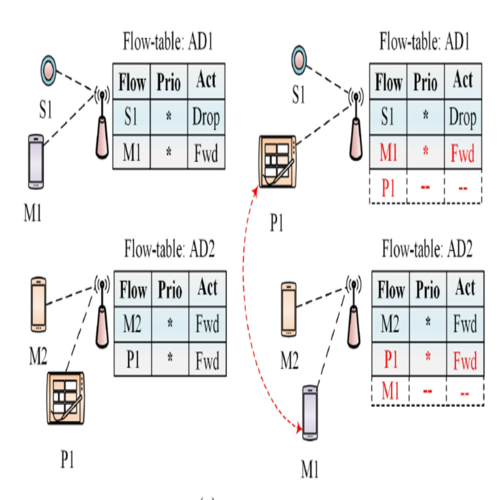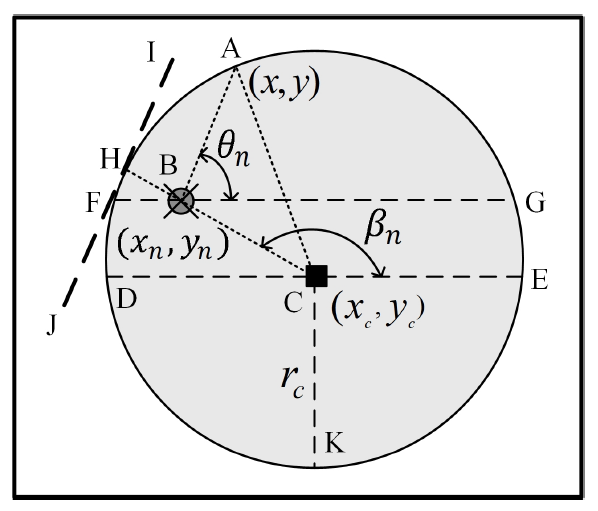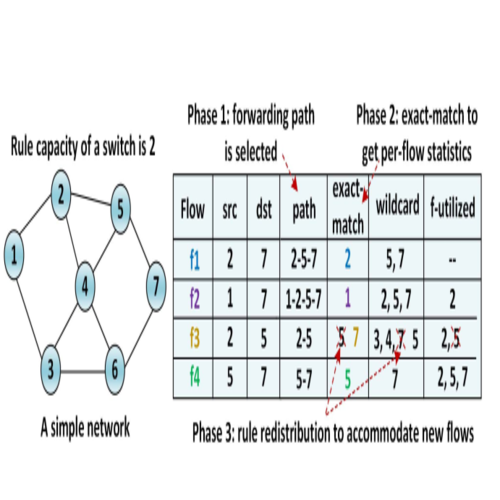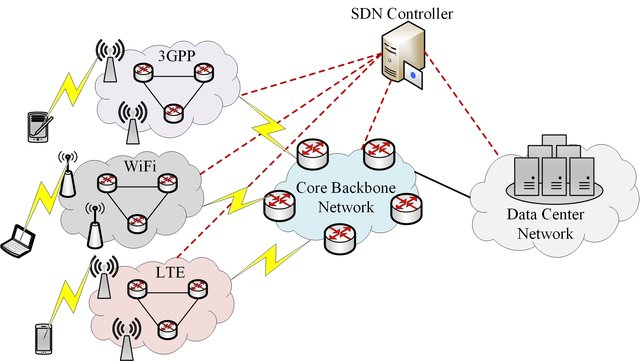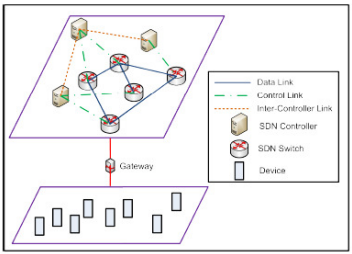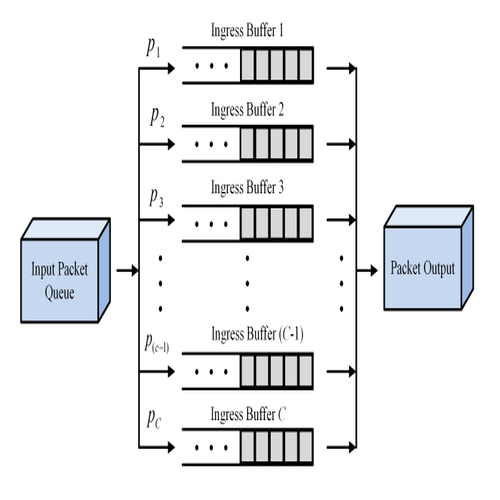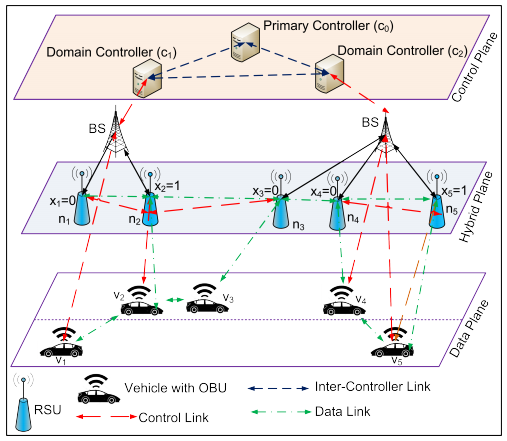Software Defined Networking for IoT
Internet of things (IoT) poses challenges that are different from traditional Internet in different aspects — heterogeneous communication technologies, application-specific QoS requirements, massive influx of data, and unpredictable network conditions. On the other hand, software-defined networking (SDN) is a promising approach to control the network in a unified manner using rule-based management. The abstractions provided by SDN enable holistic control of the network using high-level policies, without being concerned about low-level configuration issues. Hence, it is advantageous to address the heterogeneity and application-specific requirements of IoT.
We study the application and impact of softwarization on IoT networks from different perspectives: access networks, edge networks, and wide area networks. We also develop and analyze models to characterize the performance of softwarized networks.





